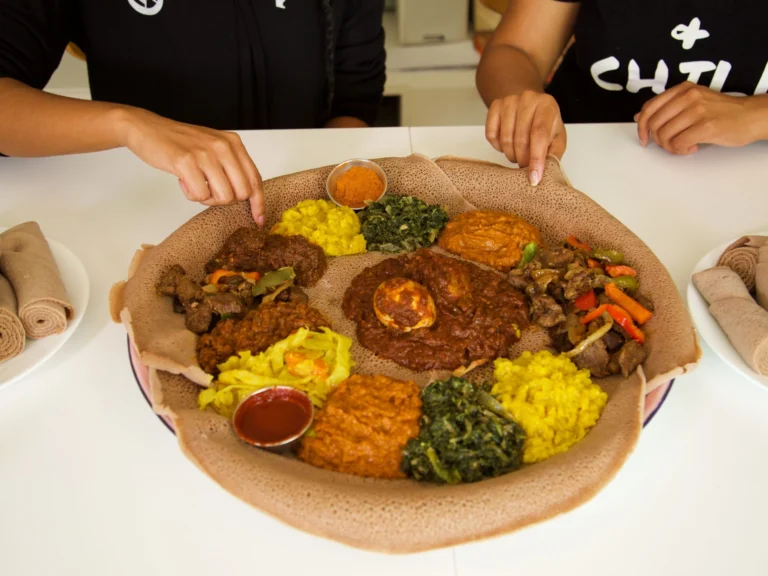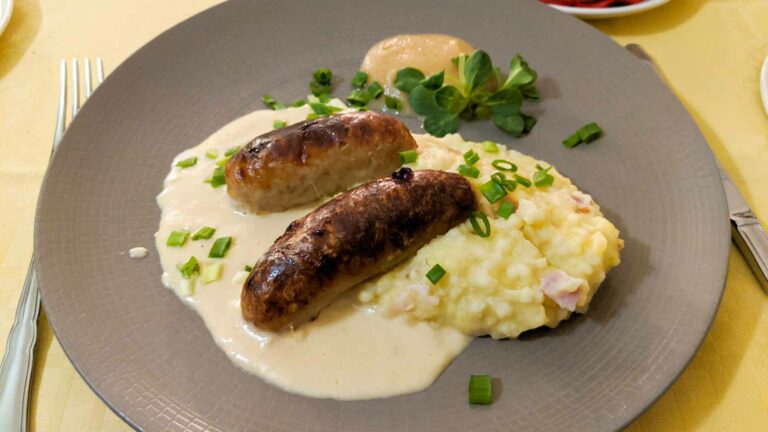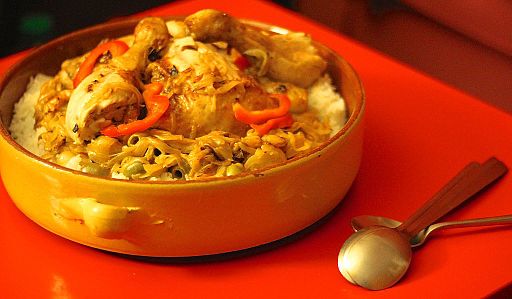Introduction: Eritrean Cuisine
Eritrean cuisine is a blend of diverse flavors and cooking techniques influenced by its rich cultural heritage, which includes Arabic, Turkish, and Ethiopian cuisines. Eritrean cuisine is known for its simplicity and use of fresh ingredients, featuring a wide range of herbs and spices. The cuisine of Eritrea is a reflection of the country’s history, culture, and agricultural resources.
Inheritance of Eritrean Cuisine
Eritrean cuisine has been influenced by its neighboring countries, including Ethiopia and Sudan. The food culture has been shaped by the nomadic lifestyle of the indigenous people, as well as the colonial influence of the Italians and the Ottoman Turks. Eritrean cuisine has evolved over time to become a unique blend of flavors and cooking techniques that is distinct from neighboring countries.
Traditional Eritrean Dishes
Eritrean cuisine is known for its variety of stews, which are usually served with injera, a sourdough flatbread made from teff flour. Some popular stews include zigni, a spicy beef stew; tsebhi derho, a chicken stew; and tsebhi birsen, a spicy vegetable stew. Other traditional dishes include shiro, a chickpea stew; ful, a stew made from fava beans; and tibs, a sautéed meat dish.
Staple Foods of Eritrean Cuisine
The staple foods of Eritrean cuisine are injera and tef, a grain that is used to make the sourdough bread. Injera is a staple in Eritrean cuisine and is eaten with almost every meal. Tef is also used to make a porridge called ga’at, which is eaten for breakfast and as a snack. Lentils, beans, and rice are also commonly eaten in Eritrean cuisine.
Spices and Herbs in Eritrean Cuisine
Eritrean cuisine is known for its use of a variety of herbs and spices, including cumin, coriander, chili, and ginger. Berbere, a spice blend made of chili peppers, garlic, and various spices, is a staple in Eritrean cuisine and is used to add flavor and heat to stews and other dishes. Other common herbs used in Eritrean cuisine include thyme, basil, and oregano.
Eritrean Beverages
One of the most popular beverages in Eritrea is coffee, which is traditionally served during coffee ceremonies. Tea, made with loose tea leaves and spices, is also a common beverage. Eritrean beer and wine are becoming more popular, and are often served with meals.
Eritrean Desserts
Eritrean desserts are often sweet and simple, with honey, dates, and nuts as common ingredients. Some popular desserts include hanukkah, a sweet fried dough; zlebia, a sweet fried dough ball; and baklava, a pastry made with phyllo dough, honey, and nuts.
Conclusion: Eritrean Cuisine Today
Eritrean cuisine has a rich history and a unique blend of flavors and cooking techniques. Today, Eritrean cuisine is gaining popularity around the world, thanks to its use of fresh ingredients, bold flavors, and distinctive cooking methods. Whether you’re trying a traditional Eritrean dish or a modern fusion creation, Eritrean cuisine is sure to delight your taste buds.










